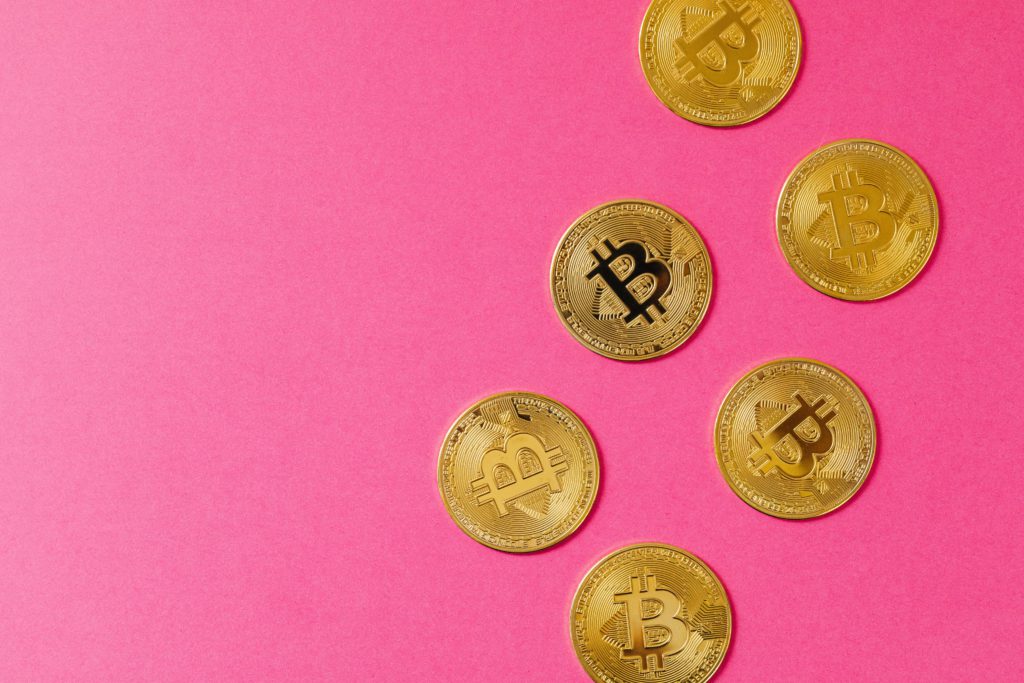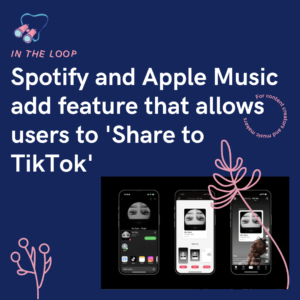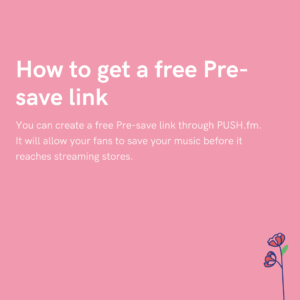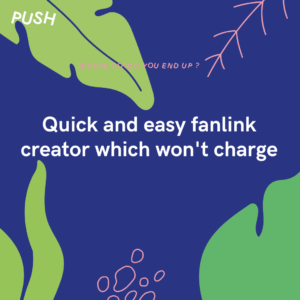
Digital currencies are taking the world by storm, however, there’s a lot of jargon that comes with it. Get the lowdown on what they mean and how the future of these could benefit independent artists and creators.
Cryptocurrency isn’t the easiest thing to get your head around, especially when bombarded with loads of complicated terms. We’ve put together a quick and easy-to-read guide so you can start to understand just what it all means. And, how independent brands, businesses and creators could benefit from their use.
 Cryptocurrency
Cryptocurrency
‘Crypto’ stands for cryptography; the process of converting something into code. This embodies the secure and secret network used to record all and every cryptocurrency transaction.
The second half ‘currency’ is self explanatory, and reflects the fundamental reason cryptocurrencies were invented; as a form of digital cash.
There are a huge variety of cryptocurrencies available out there, with the most common being Bitcoin, which you might have heard of.
This form of currency isn’t physical like the cash you carry in your wallet, they exist digitally. All cryptocurrencies reply on a central piece of technology to operate within; blockchain.
 Blockchain
Blockchain
In simplified terms, Blockchain is a technology that basically allows you to create a database that can be edited and accessed by everyone and is updated in real time. Think of it like the real time features in Google Docs; users can access and edit any document at the same time as other users, and any edits will show up in real time.
They are run from a decentralized system, meaning they aren’t governed by an individual, company or group. They are instead created, run and maintained by everyone that uses them, reducing the chance of manipulation and exploitation.
Blockchains are interesting, as they promise transactional transparency. Cryptocurrency blockchains hold data on every transaction/transfer/sale that’s ever occurred, and, any user can view this data in real time.
🎟️ Non-fungible tokens
Non-fungible tokens, also known as NFTs, are a term used to describe digital assets who’s identified are verified on a blockchain, along with who owns them. The ‘non-fungible‘ part of their name means that they are unique, and can’t be swapped or interchanged like bitcoins can.
NFTs have risen in popularity recently due to recent high profile sales. Digital artist Beeple recently sold an NFT of his work for over $69 million, whilst Elon Musk has offered to sell one of his tweets as an NFT.
Because NFTs are unique, they can be traded and sold like any other one-of-a-kind assets, such as the original Mona Lisa, or your house. However, they have no tangible form of their own. In easiest terms they’re best though of as digital certificates that show who owns a specific physical or digital asset.
But how can they benefit independent artists & creators?
Musicians
For years musicians have been some of the last groups of creators to see any royalties they’ve accrued through their music. Blockchain has the possibility to change all of that. No longer will artists be waiting years for publishing royalties, or for streaming services to incorrectly report back to distributors with stats and earnings. Blockchain can allow for real time reporting and secure transactions of information and data, meaning musicians, producers and artists can be paid accurately and promptly.
Read more here.
Content creators
Even though early days, Blockchain and cryptocurrency can allow content creators to reward their fans for interacting with their content. It can also provide new ways for fans to invest in their favourite creators, as well as allowing new kinds of relationships to appear between fan and creator.
It does however require large numbers of people to be on board with these systems for them to start operating the way they’re intended.
Read more here.





